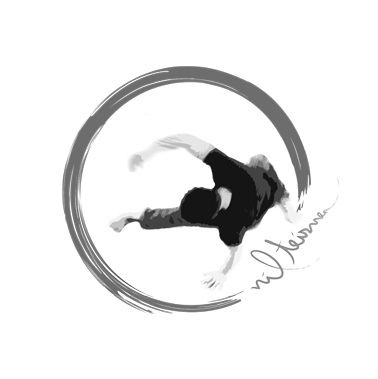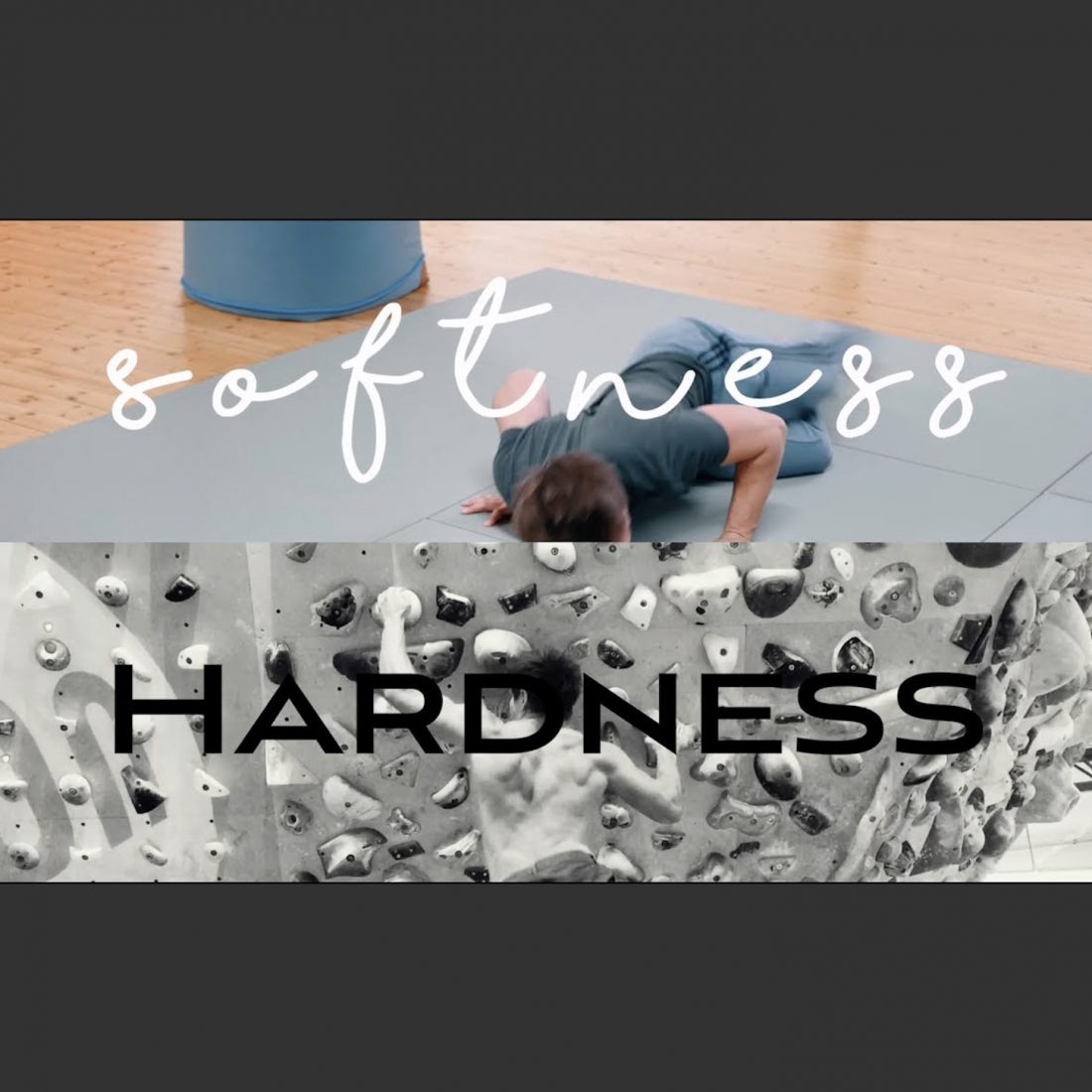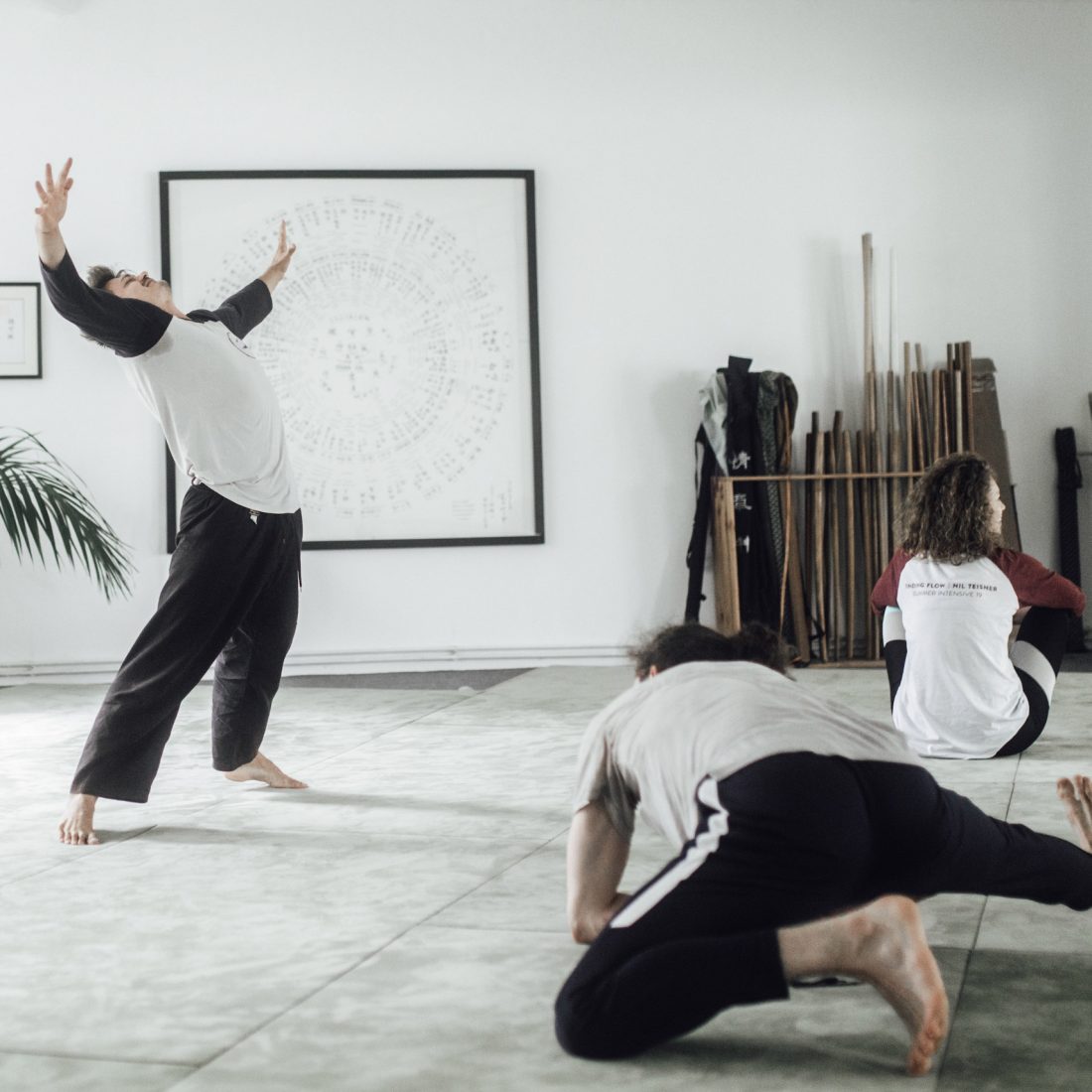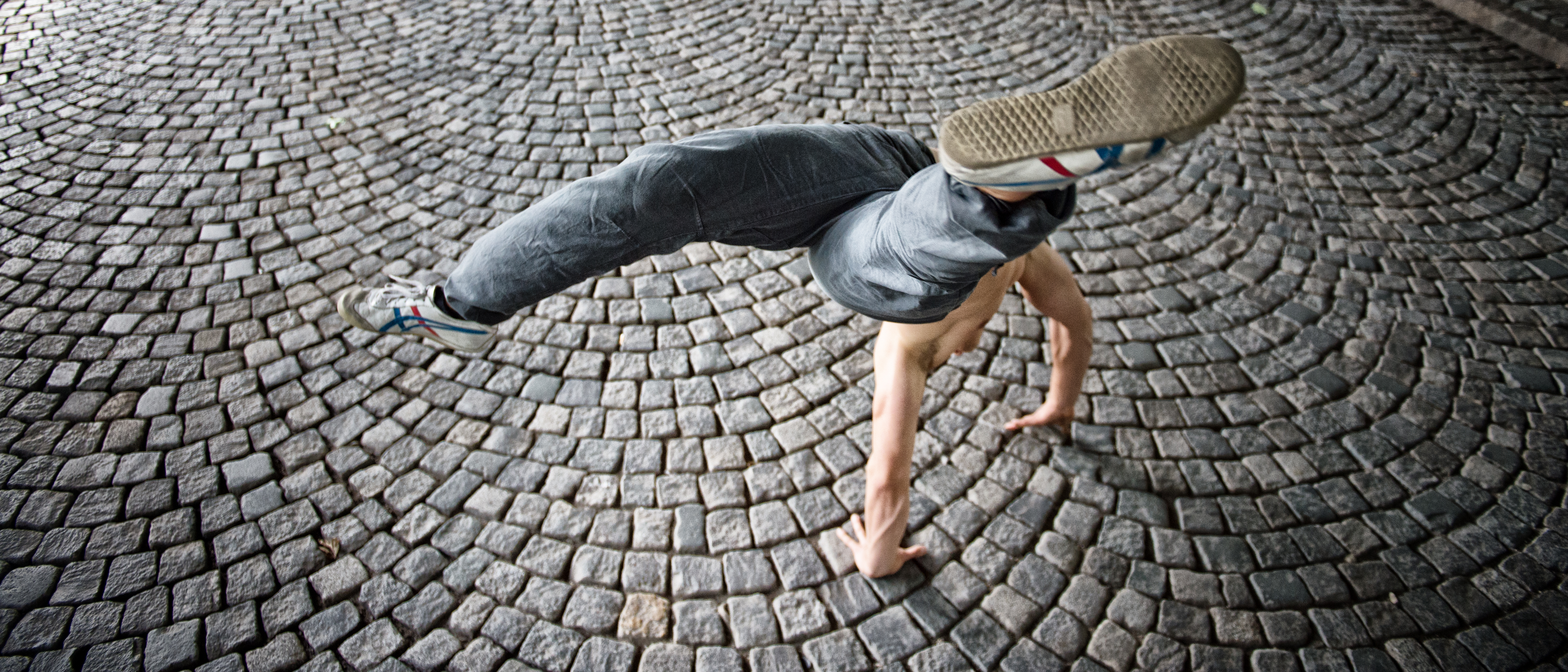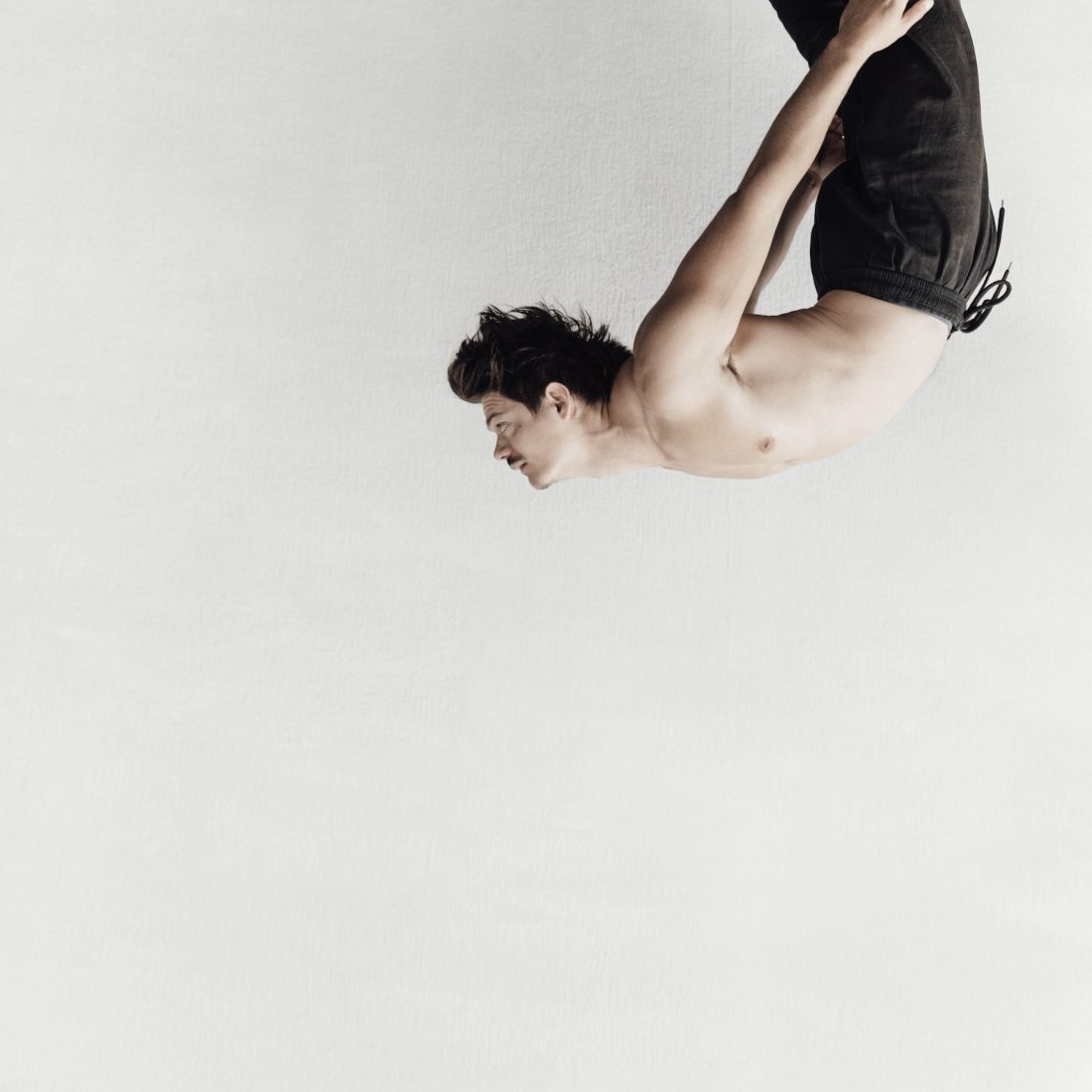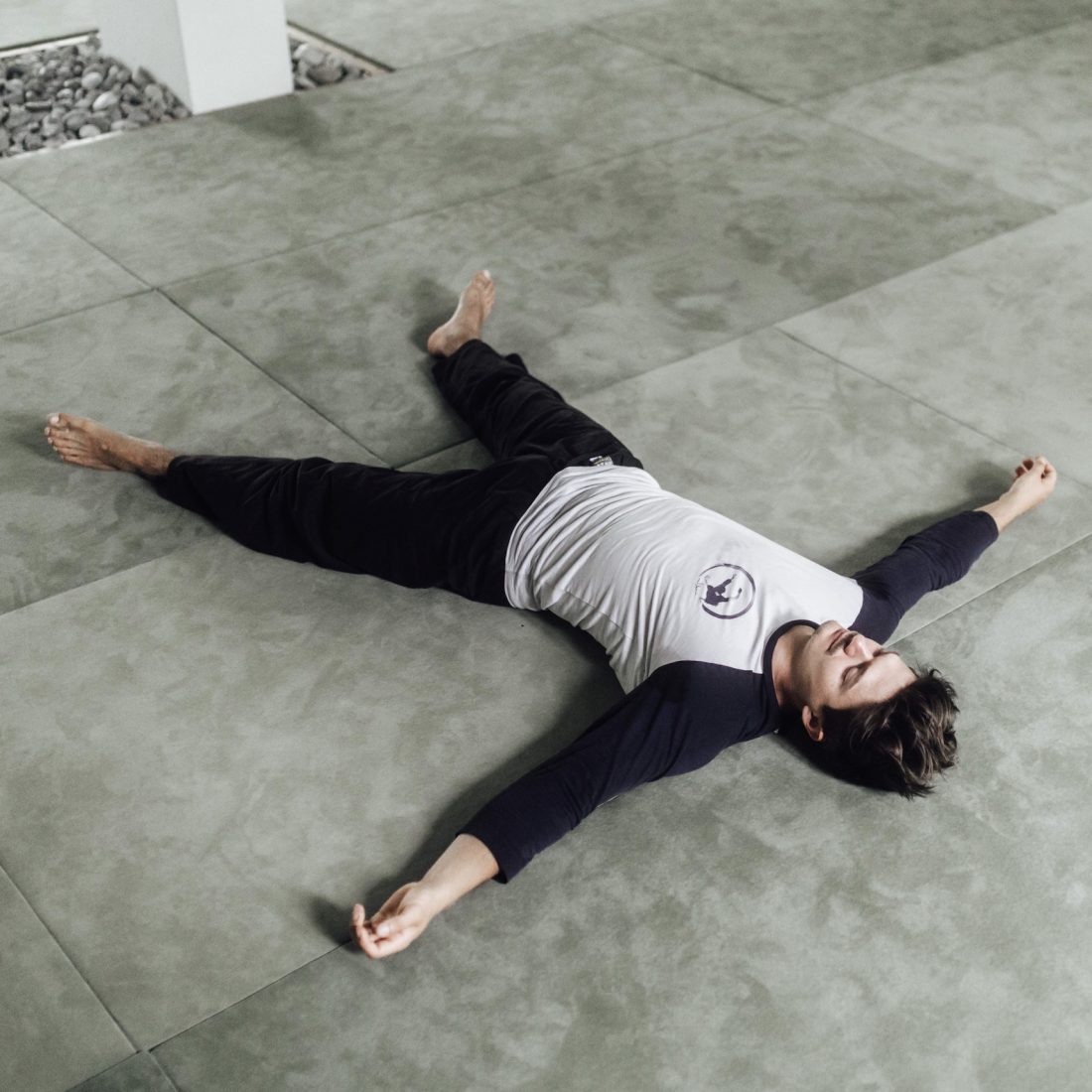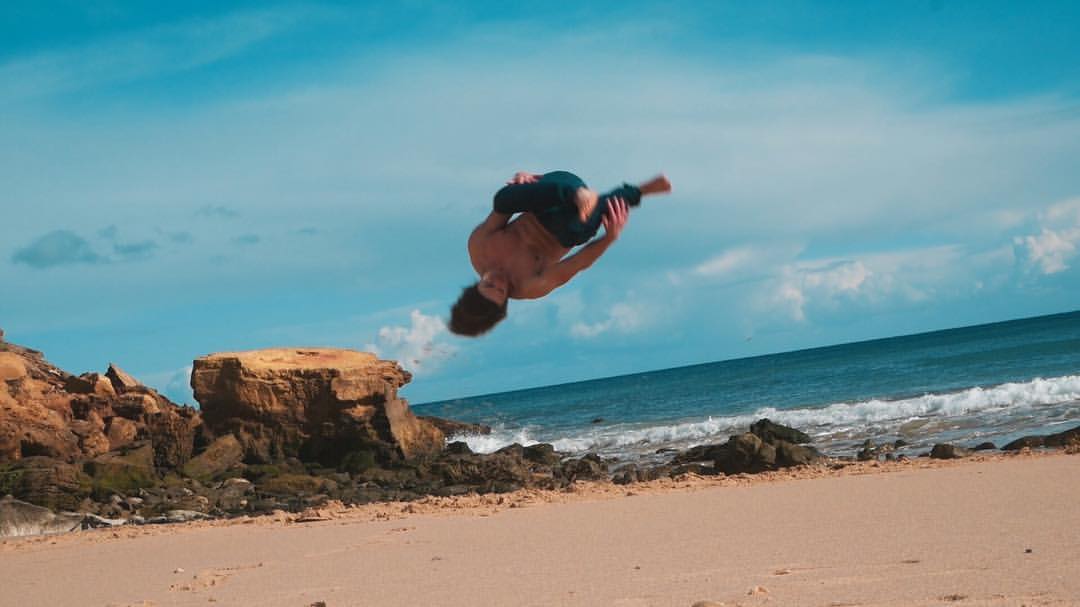Softness vs. Hardness – Polarities
Polarities exist not only in nature (day-night, silence-noise, high tide-low tide) but are prominent in our own personal behavior (team player-lonely wolf, introvert-extrovert, happiness-sadness) or in our daily lives (wake-sleep, work-rest, standing still-running).
While in nature polarities will take turns automatically and we perceive this as „normal“ we (I included) often limit ourselves to only act out or focus on only one side of the equation. As I transport my messages on a movement level on this channel I will do do now as well. Please notice that this concept is potentially fitting to many other areas of your personal live as well. When working out, some like to focus on strength – while neglecting flexibility. Others like getting bendy without working on strength and stability.
It is absolutely fine to enjoy one side a bit more, the body benefits greatly from working on both ends though. While we perceive strength and flexibility as separate and polar, they will form a unity in the end, when we actually work on both.
And that’s the thing in my opinion: First of, you can’t really separate both sides from each other in the long run. Only work out and your body will crash. Secondly, separating both and only working in one direction will only bring you this far. Both sides actually support each other.
By working on flexibility you create a base for strengthening your structures in an adequate way (talking full ROM here) – by strengthening your structures in this range you will create a stable joint. The circle continues!
I can only recommend to reflect about this for a bit. Where do you work on only one side of the equation? On purpose? Is it beneficial for you right now?
At the moment (2018) I have put my focus on two directions of movement:
– Bouldering and everything that goes with it (strength, power, hardness)
– acrobatic ground movements (cutting, loosening, flow, relaxation).
I believe that a movement practice should have an “all-out” character on one side, and a “relaxation” character on the other.
Full throttle all day at work, then into sport and continuing all-out in Crossfit, bouldering, Freeletics, martial arts etc. – there is a lack of relaxation. My own experience is that Crossfit 5 times a week for 3-4 years is simply quite a lot and exhausting. You can do it for a while, but at some point it becomes too much (at least for me). It’s not for nothing that most of the elite athletes do a compensatory sport like yoga, tai chi or go to the sauna, a massage or a physiotherapist.
If you want to step on the gas, you have to be able to switch back.
Since I’m currently bouldering 3 times a week, working a lot on specific strength and hardness, which puts a lot of strain on my muscles and joints, I NEED a balance. Something that lets my body relax again, loosens my muscles, mobilises my joints and calms me down mentally.
My acrobatics practice fits very well here at the moment: lots of rolling movements that massage the muscles, loosening up, creative movements – completely according to feeling and no thoughts of performance.
I notice that bouldering makes me “rigid”, acrobatics compensates for that here. Add to that sauna once a week and work with acupressure mats etc. and the body feels much more balanced.
Does this mean you should integrate acrobatic movements into your training? YES: of course you can. Correctly dosed and guided, they may very well be a super balance, but they don’t have to be!
Whether you go to yoga, press the sauna bench, let yourself pass through, swim slow lanes, etc., you can do it. – The main thing is to find a balance for the STRENGTH and HARDNESS!
